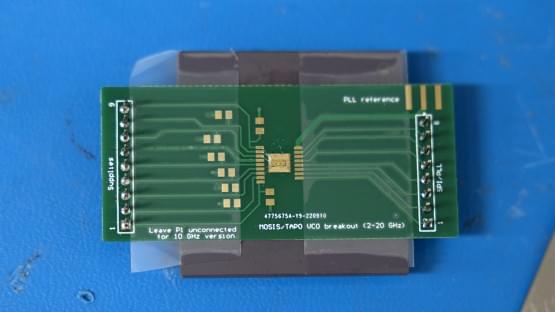The next generation of wireless communication not only requires greater bandwidth at higher frequencies – it also needs a little extra time.
Cornell researchers have developed a semiconductor chip that adds a necessary time delay so signals sent across multiple arrays can align at a single point in space, and without disintegrating. The approach will enable ever-smaller devices to operate at the higher frequencies needed for future 6G communication technology.
The team’s paper, “Ultra-Compact Quasi-True-Time-Delay for Boosting Wireless Channel-Capacity,” published March 6 in Nature. The lead author is Bal Govind, a doctoral student in electrical and computer engineering.









Comments are closed.